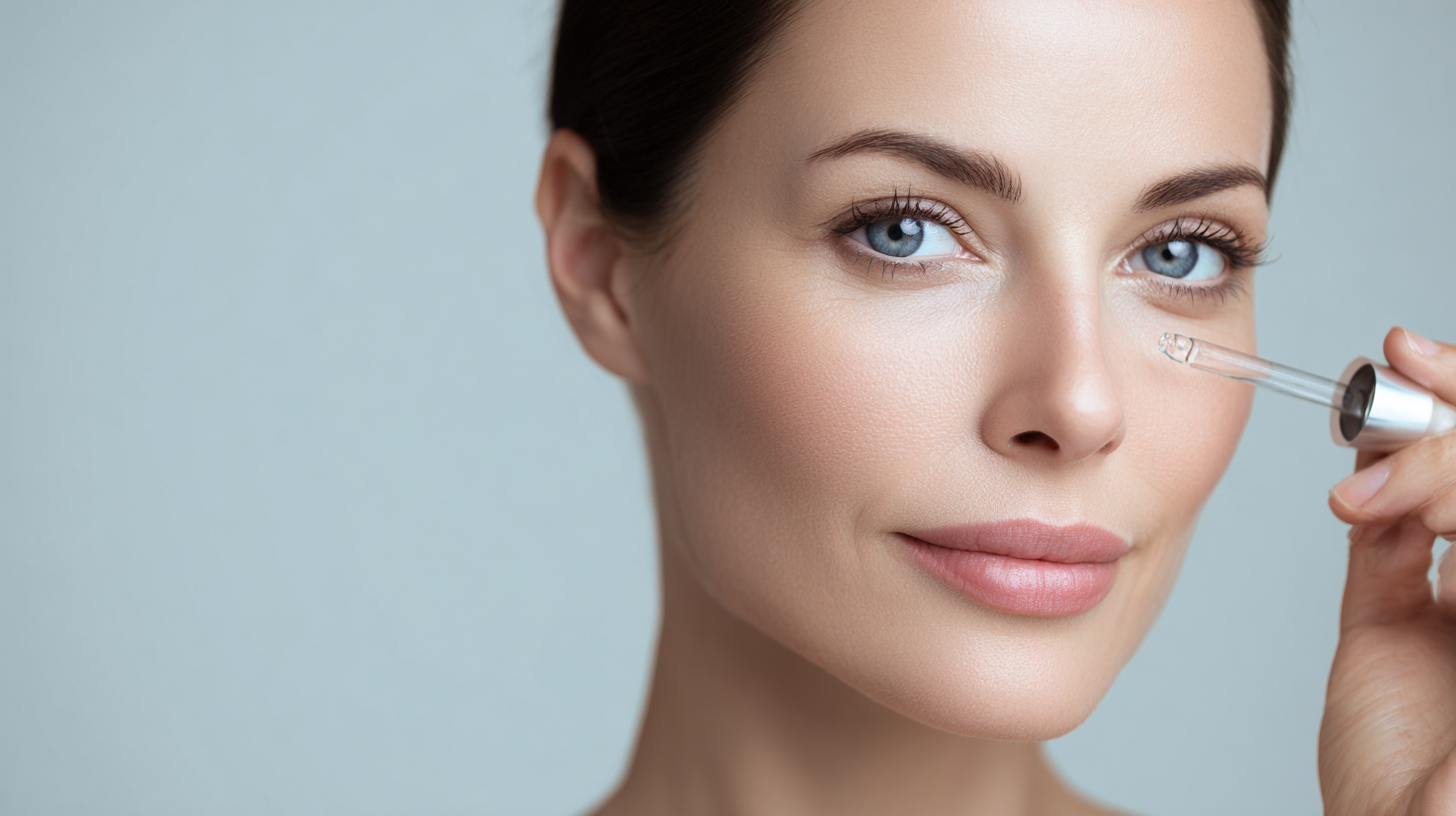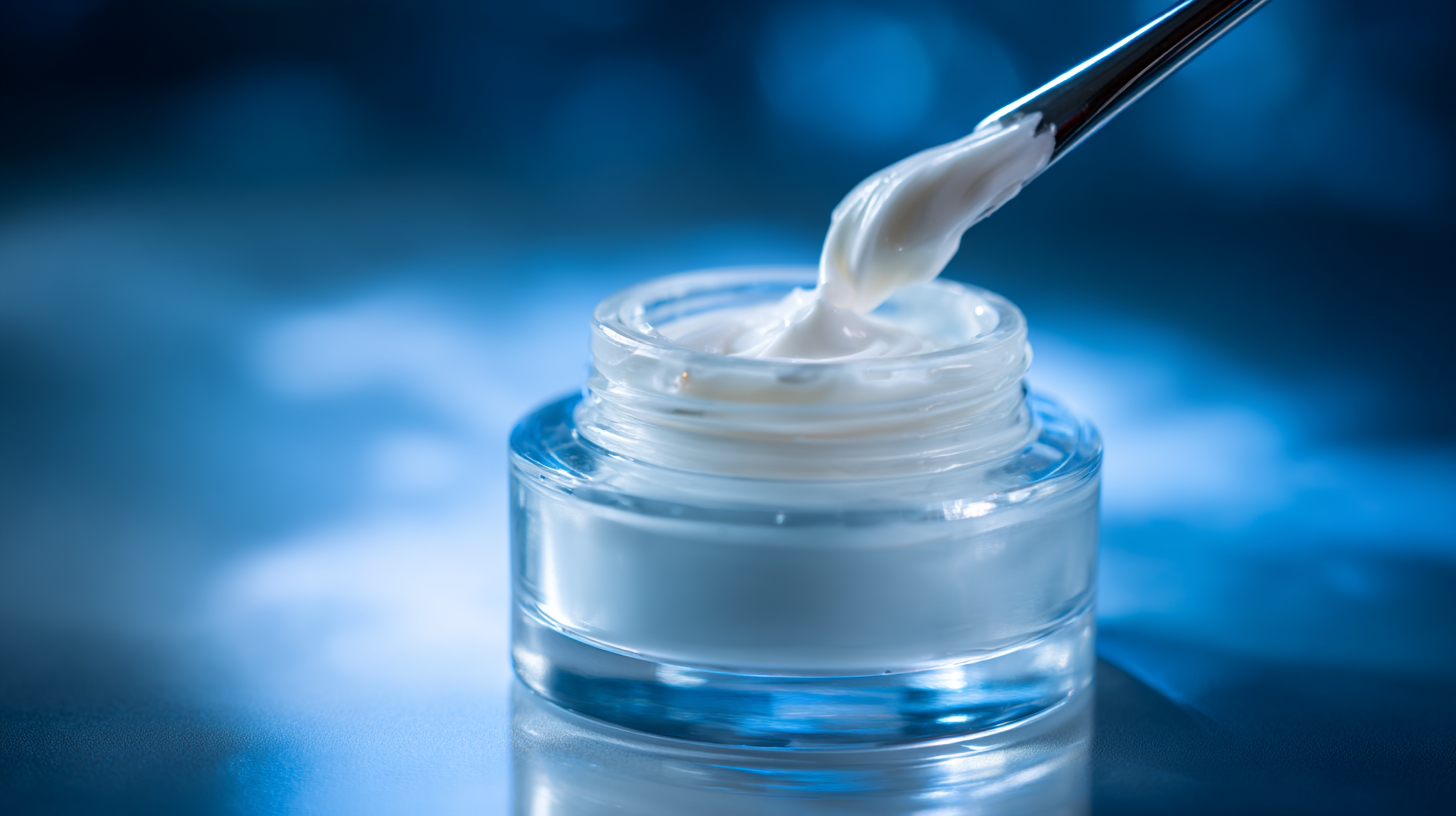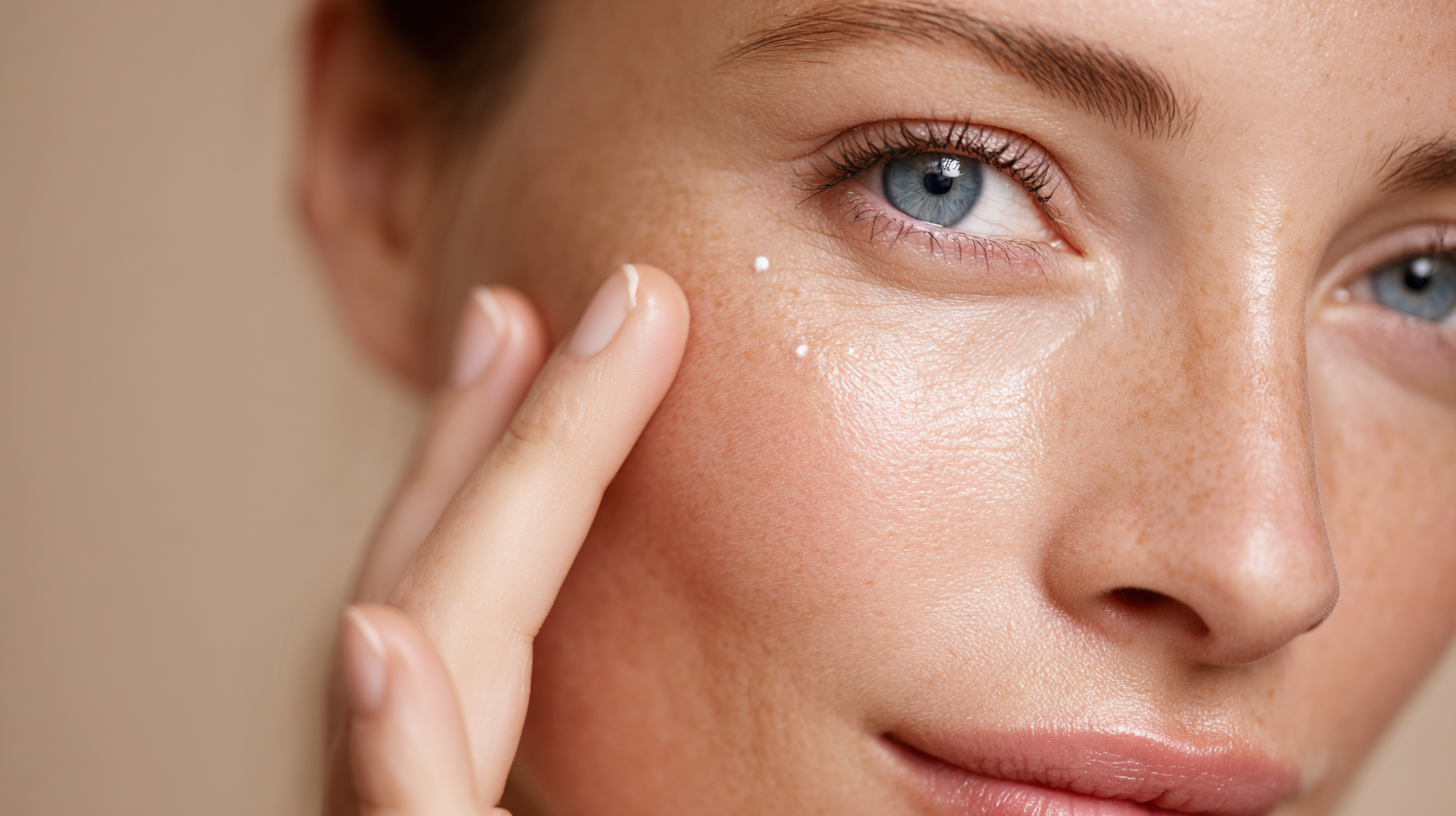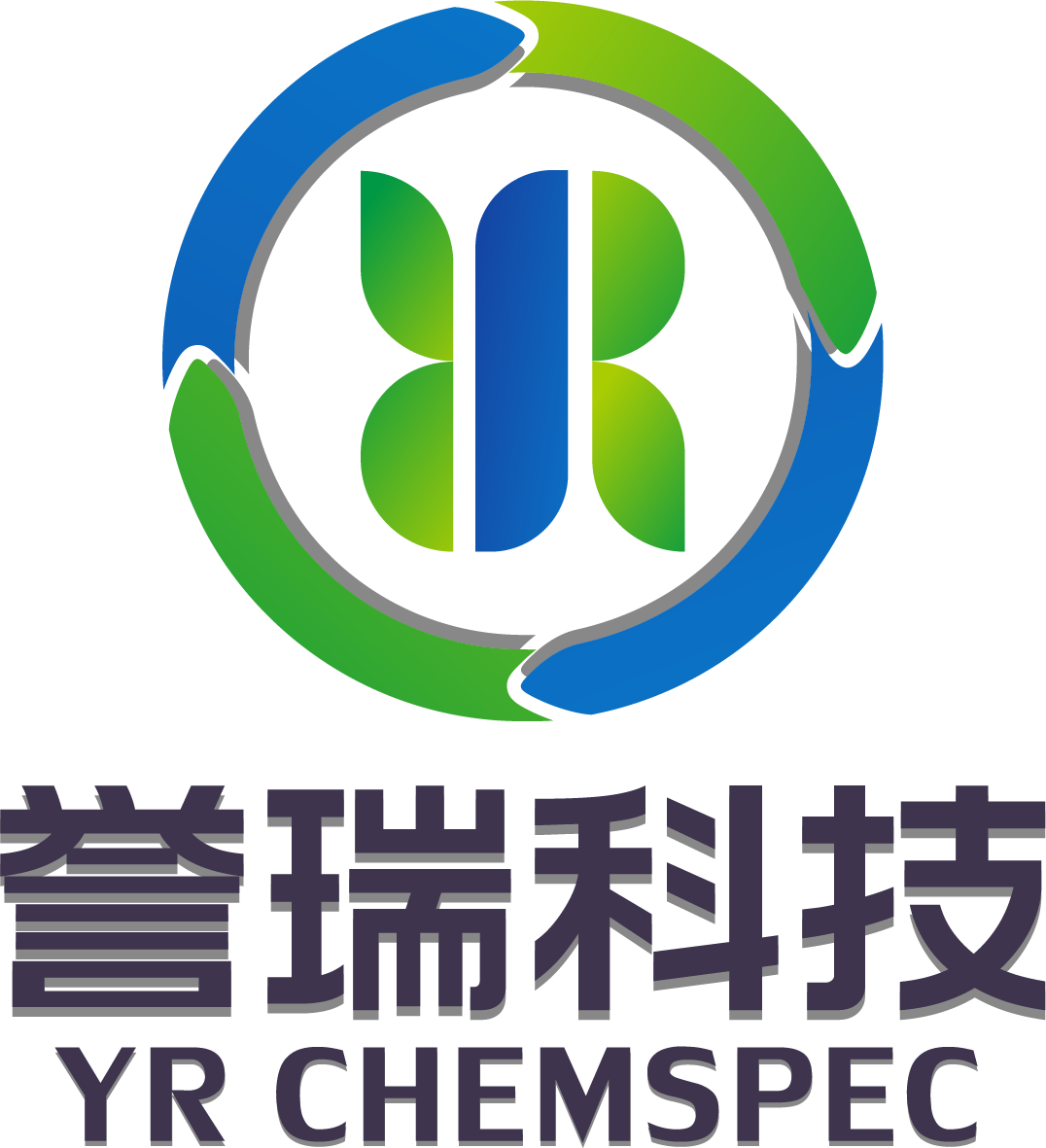As we approach 2025, the skincare landscape is evolving rapidly, particularly with the rise of Retinol Derivative products. These innovative formulations are capturing the attention of beauty enthusiasts and skincare professionals alike, thanks to their ability to deliver the powerful benefits of retinol with added gentleness and versatility.

From serums to creams, the array of Retinol Derivative options currently available offers something for everyone, catering to various skin types and concerns while minimizing irritation risks. This blog will explore the unique characteristics and applicable ranges of different Retinol Derivative products, helping you navigate through emerging trends and make informed choices for your skin health in the years to come.
Get ready to discover how these game-changing ingredients can transform your skincare routine and boost your confidence.
As we approach 2025, the skincare industry is poised for a remarkable evolution, particularly with emerging retinol derivatives that promise to revolutionize our approach to anti-aging and skin health. Recent research indicates that the global retinol market is expected to reach $1.6 billion by 2025, fueled by increasing consumer awareness of skin health and innovative product formulations. Among the most anticipated trends are newer derivatives like Hydroxypinacolone Retinoate and Retinyl Propionate, which boast enhanced efficacy and reduced irritation compared to traditional retinol.
These advancements provide an exciting opportunity for both consumers and brands alike. For those looking to incorporate these trending derivatives into their routine, it's essential to proceed with caution. Tip: Start with lower concentrations to allow your skin to adjust, thereby minimizing the risk of irritation. Additionally, pairing these derivatives with added moisturizers can help maintain skin hydration, ensuring a smoother introduction to powerful active ingredients.
Furthermore, the increasing focus on sustainability is influencing the development of retinol derivatives. Brands are prioritizing the sourcing of eco-friendly ingredients and introducing formulations with minimal environmental impact. Tip: Look for products that highlight their commitment to sustainability, as they often provide beneficial active ingredients derived from natural sources. This not only helps your skin but also supports a healthier planet as we navigate into a new era of skincare.
Retinol derivatives have long been celebrated in the skincare industry for their game-changing anti-aging properties. According to a report by the American Journal of Clinical Dermatology, studies show that retinoids can promote collagen production, leading to a significant reduction in fine lines and wrinkles. Specifically, research indicates that consistent use of retinol can improve skin texture and tone, with users observing visible changes in as little as 12 weeks. As we look ahead to 2025, we anticipate even more innovative formulations leveraging cutting-edge retinol derivatives that target not just surface issues but deeper dermal concerns.

When incorporating retinol derivatives into a skincare routine, it's essential to understand their potency and potential side effects. Start by applying a low-concentration product a couple of times a week to allow your skin to build tolerance. Additionally, pairing retinol with a moisturizer can help mitigate dryness or irritation. For even better results, consider using serums enriched with antioxidants like vitamin C during the day, as they can enhance skin brightness and protect against free radical damage.
As the market trend indicates a shift towards these advanced formulas, more brands are investing in retinol derivatives aimed at specific concerns, such as pigmentation and uneven texture. Look for products that combine retinol with hydrating ingredients like hyaluronic acid or squalane to capitalize on both anti-aging benefits and skin nourishment.
Retinol, a derivative of vitamin A, plays a pivotal role in skin regeneration and repair. Its remarkable ability to stimulate collagen production and accelerate cell turnover makes it an essential component in many skincare routines. As we look toward 2025, the innovation surrounding retinol derivatives is set to deepen our understanding of how these compounds can enhance our skin’s resilience and appearance.
To maximize the benefits of retinol, consider these tips: Start slowly by incorporating retinol into your skincare regimen once or twice a week, allowing your skin to acclimate to the product. This gradual introduction can help minimize potential irritation and ensure that your skin reaps the full regenerative benefits. Additionally, pairing retinol with a comprehensive hydrating routine can help mitigate any dryness, fostering an environment where your skin can thrive.
As new retinol derivatives emerge, it's crucial to choose formulations that suit your skin type. For those with sensitive skin, look for encapsulated or time-released options that deliver retinol in a gentler manner. Regularly consult with skincare professionals to tailor your approach, ensuring that your journey towards healthy skin is informed and effective.
In recent years, the skincare industry has witnessed a significant shift from traditional retinol to novel derivatives, leading to a comparative analysis that is crucial for both consumers and formulators. According to a report by the Global Cosmetics Market, the popularity of retinol has propelled the demand for alternatives that offer similar benefits with reduced irritation. Traditional retinol, a well-known powerhouse for tackling wrinkles and uneven skin tone, typically encounters issues such as flaking and sensitivity. In contrast, newer derivatives like hydroxypinacolone retinoate (HPR) and retinaldehyde have emerged as promising alternatives, demonstrating superior stability and gentleness.
Research indicates that HPR, for instance, is around 20 times more effective than retinol at promoting collagen production while being less irritating to the skin. A study published in the Journal of Cosmetic Dermatology highlighted that 75% of respondents using retinaldehyde experienced improved skin texture within eight weeks, with significantly fewer side effects compared to those using standard retinol. As the skincare landscape evolves, understanding these differences will help consumers make informed choices about their skincare regimens, while brands can innovate more efficiently to meet growing demands for effective yet gentler retinoid options.
As we look toward 2025, consumer trends in retinol usage reveal a significant shift towards informed and personalized skincare. With increasing access to information, consumers are becoming more knowledgeable about the different forms of retinol derivatives available on the market. From traditional retinol to innovative alternatives like retinyl palmitate and adapalene, users are seeking formulations that cater specifically to their skin types and concerns. This awareness is driving a demand for products that not only deliver visible results but also incorporate soothing ingredients to mitigate irritation commonly associated with retinol use.
Additionally, sustainability is emerging as a key factor in consumer choices. Shoppers are increasingly prioritizing brands that adopt eco-friendly practices and transparent ingredient sourcing. In 2025, we can expect to see a rise in retinol products that utilize sustainable packaging and natural, ethically sourced ingredients. As consumers continue to align their skincare choices with their values, brands will need to adapt to this shift by offering formulations that are both effective and environmentally responsible, thereby creating a more holistic approach to skincare in the coming years.

